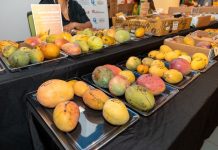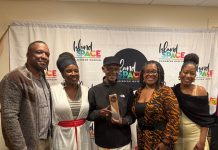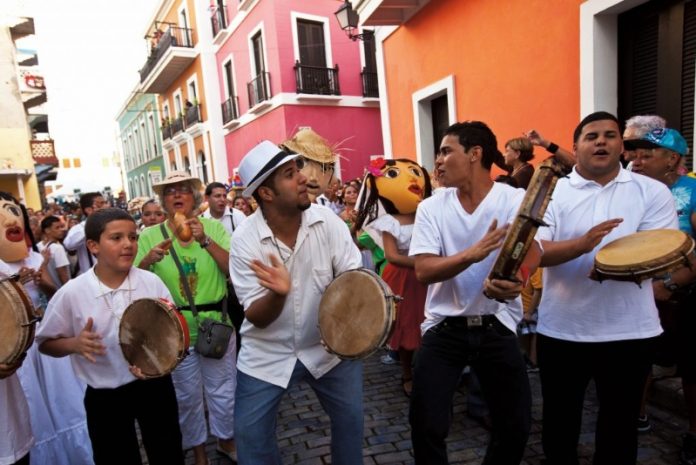
Celebrate the holidays Caribbean island-style with these beloved family traditions and good luck charms for the New Year.
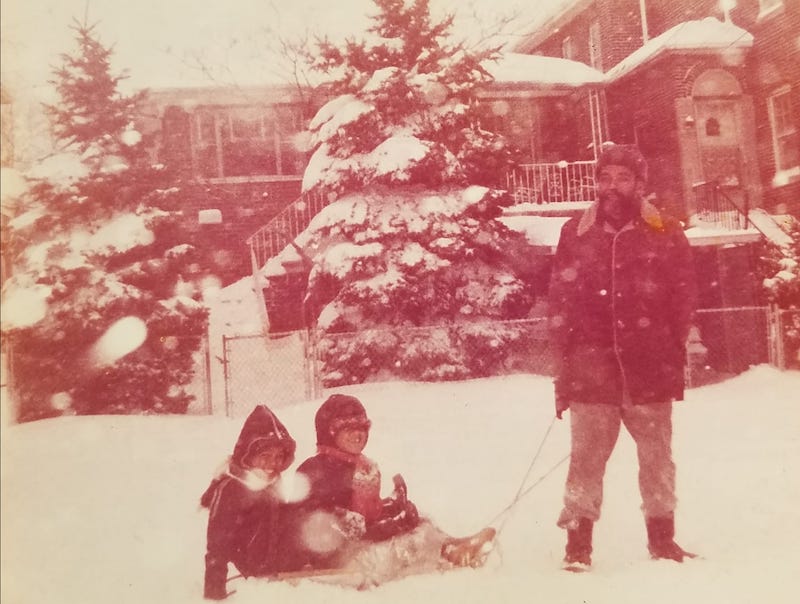
My first memories of Christmas were filled with the holiday classics you’d find in many movies. At the family home in New York, the holidays meant Christmas tree with colorful lights, pristinely wrapped presents, and sled races with other neighborhood kids in the snow. I remember watching my father make one slight edit, very carefully using brown food coloring to paint Santa’s face.
When my family moved to Jamaica after my fifth birthday, there was no snow and there were no chestnuts roasting on an open fire. Under the tropical sun, a Caribbean Christmas felt far away from the pop culture imagination of the season I had grown accustomed to. In Jamaica, I learned that Christmas meant playing with cousins while our parents chatted over sorrel and Christmas fruit cake, and that holiday playlists included lots of records from Boney M, Nat King Cole, and the reggae hit “Santa Claus (Do You Ever Come to the Ghetto)” by Carlene Davis.
Throughout the Caribbean, though we all share a common thread of food, family, and friends, each island finds its own unique ways to summon the season’s spirit. I reached out to some fellow Caribbean folks to find out more about their most time-honored holiday rites.
Food, Faith, and Family for the Holidays
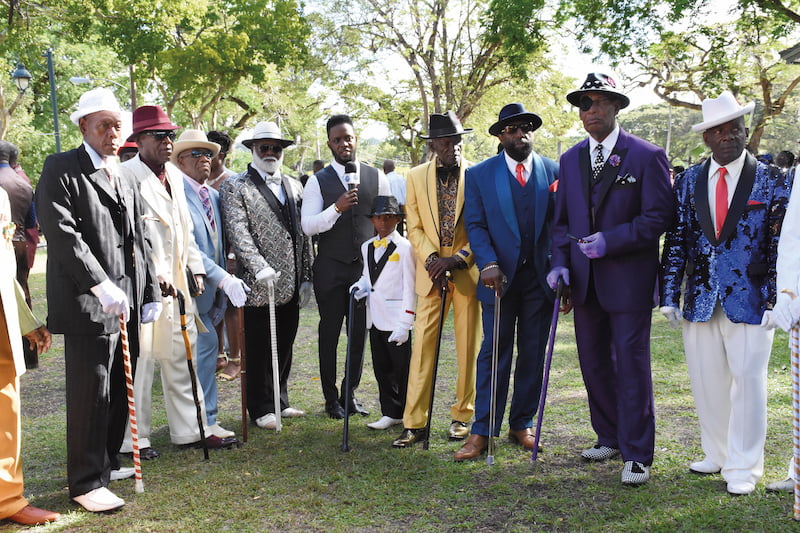
Caption: Christmas morning in Queen’s Park, Barbados where people dress-up and listen to music by the Royal Barbados Police Band.
Throughout the Caribbean, the holidays remain centered around celebrations with family, from church pews to dining tables. In Jamaica, my cousin Lesa remembers shopping for presents at the traditional grand market on Christmas Eve, “waking up early Christmas morning to go to church, then eating ‘til yuh belly buss [until your belly bursts].” On the following day—known as Boxing Day—the family would pack leftovers from the holiday feast to share with the less fortunate.
For Christmas in Barbados, Carla fondly recalls preparing her home and baking late into the night before heading to midnight mass. “My mother made sure that we had the house spotless, and when I say spotless, I mean spotless,” she says. “And she would be up the night before baking traditional fruit cake with fruit that had been soaking for 3 months prior.” After mass, dressed to the nines, families would then go to Queens Park for the musical celebrations, including performances by the Royal Barbados Police Force Band.
Growing up in Florida’s Cuban community, for Adria, Christmas meant driving down to Miami to select the celebratory whole pig. The family would slow-roast the meat to create lechón asado—the centerpiece of Christmas Eve, or “Noche Buena.”
For many families in Trinidad and Tobago, Christmas Day also meant enjoying the great outdoors, recalls twin republic native, Natalie. “You would see children playing in the savannah flying kites, pitching marbles and riding their new bikes, while the adults played dominoes and the popular card game All Fours,” she says. “Many people would also spend the day at Maracas Bay Beach, or bathe in the cool river waters.”
Caribbean Festive Beats
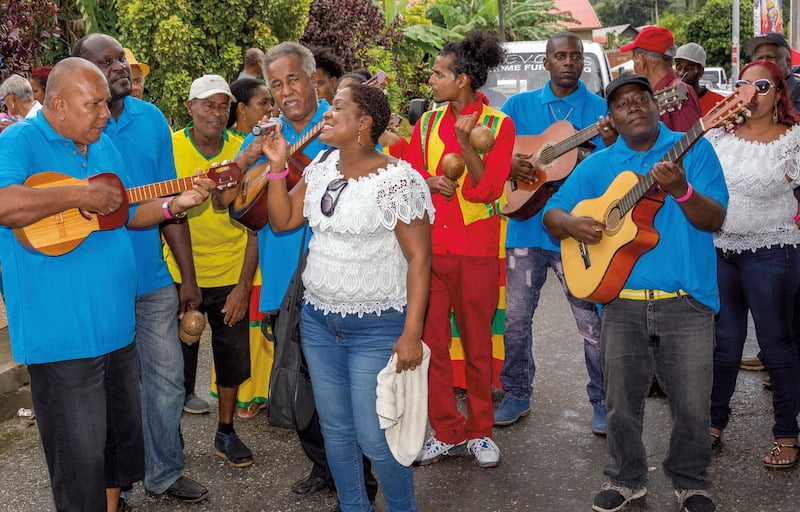
Caption: Parang serenaders pay night visits to the homes of family and friends, where part of the fun was waking them from their beds.
Around the world, Christmas officially arrives once carols start playing on the airwaves. The holiday jingles, however, sound a little different in the Caribbean. In Trinidad and Tobago, the preferred genre is parang. The music is “a type of traditional folk-style music that incorporates many instruments like the cuatro guitar, maracas and the toc-toc, also known as claves” says Natalie. The music floods radio stations and the streets, as live-performing bands begin wandering through neighborhoods. “Groups of parang performers go serenading from house to house,” she notes. “People would come out [of] their houses clapping and singing, and give the performers baked goods and lots of alcoholic drinks.”
Similar bands called ‘Las Parrandas’ gather in Puerto Rico, says native Boricua Deborah, though she remembers these troubadours may have had a little too much fun. “Sadly they don’t happen as often, as people started using it as a form of home invasion. But as a child I remember being a part of many during the holidays. You’d crash someone’s house in the middle of the night, singing and playing plena music until they open the door. Your house had to always be stocked with extra food just in case you received one.”
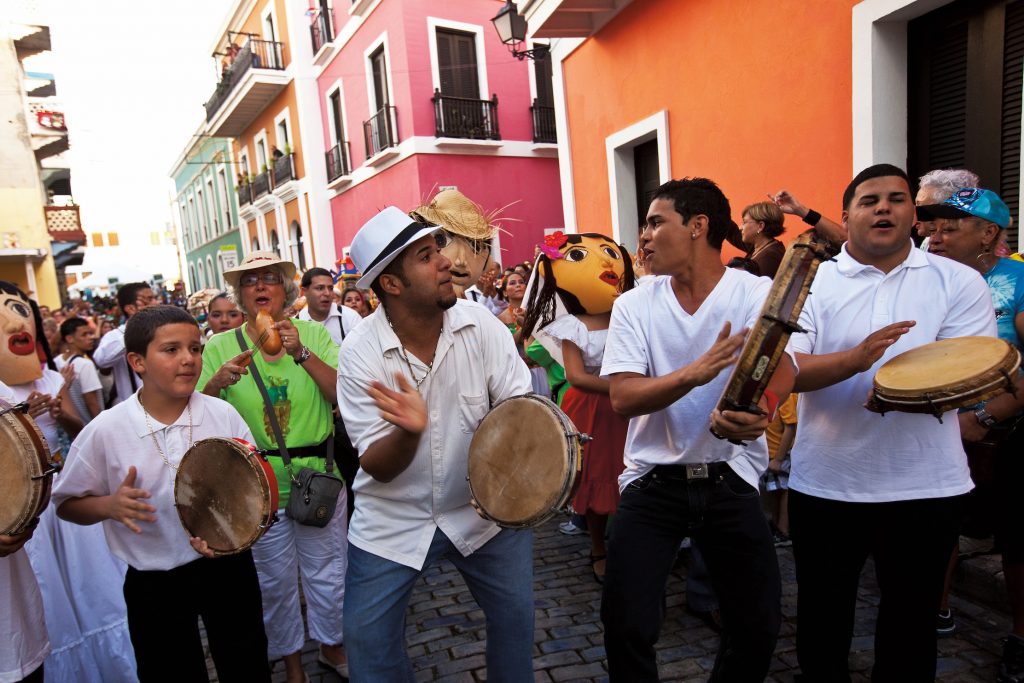
For fellow Puerto Rican Christina, Noche Buena also usually meant dancing the night away. “We would have a huge party with lots of Puerto Rican food and music, and we would dance all night,” she recalls fondly. “Near sundown, we would dance the traditional bomba, a musical style of Puerto Rico with origins rooted in the island’s Afro-Puerto Rican culture. We would walk down the streets and knock on neighbors’ doors, inviting them to join. It’s literally a whole night of partying.” And at the strike of midnight, the dance subsides “so the family can get together and open one gift.”
Caribbean New Year’s Traditions
As the Christmas cheer fades into celebrations on New Year’s Eve, many Caribbean families turn to old-school superstitions to secure good tidings for the year to come. In my family, I remember hearing laundry should be done before the New Year arrives. Scrubbing away bad luck was also a common practice in Trinidad, says Natalie. “Families would make sure that all their laundry was done, and they were meticulous in mopping floors and polishing furniture with oils.”
The Cuban culture also had a serious regimen of New Year’s good luck traditions, says Adria. “We’d walk around with suitcases at midnight on New Year’s Eve, which hopefully meant we would travel a lot in the coming year. We’d also throw a bucket of water out the door to let go of the bad things that happened that [old] year. And at midnight, we’d eat 12 grapes and make a wish with each one.”
Tabitha shares that in Haiti “we always make sure we have cash in our pockets before we enter the door in our house every New Year to bring in more money.” In addition, the day also carries special significance here, as “New Year is also our Independence Day.” Among the usual festivities, one dish is essential. “We eat our soup joumou, which is a pumpkin soup.”
In Dominica, says Jahra, some locals prefer to welcome the New Year with a healthy balance. “We go to Old Year’s midnight mass, which is quickly followed by hedonistic par- tying for those of us who don’t follow dem tings.”
Natalie recalls that in Trinidad, many families marked the milestone in prayer. “We made sure to be in church when midnight hits to ensure blessings for the New Year.” Whether praying in pews or celebrating in the streets, this is one New Year’s tradition that remains the same across the Caribbean and the world over—marking the passing of another year together as a family and community.















